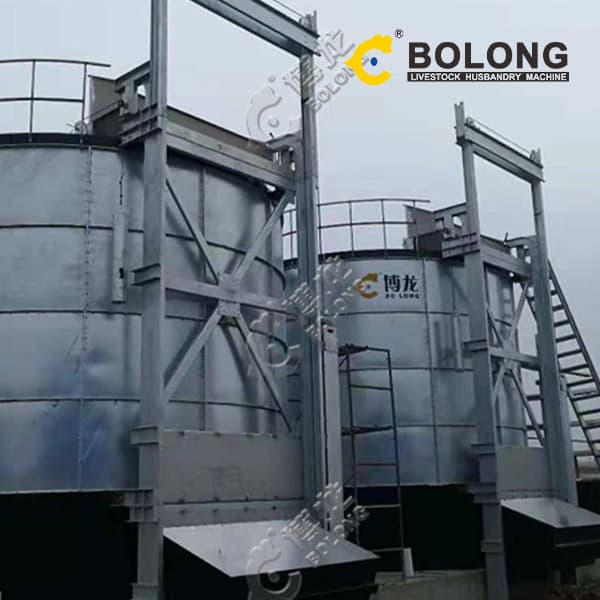
2024/5/17/ · This study isolated novel ethanologenic bacteria from vermicomposting systems for bioenergy generation from fruit waste without pre-treatment. Initially, six strains out of 22, showing remarkable ethanol production ability, were characterized via 16S rRNA sequencing. The whole set of vermicomposting and composting reactors was
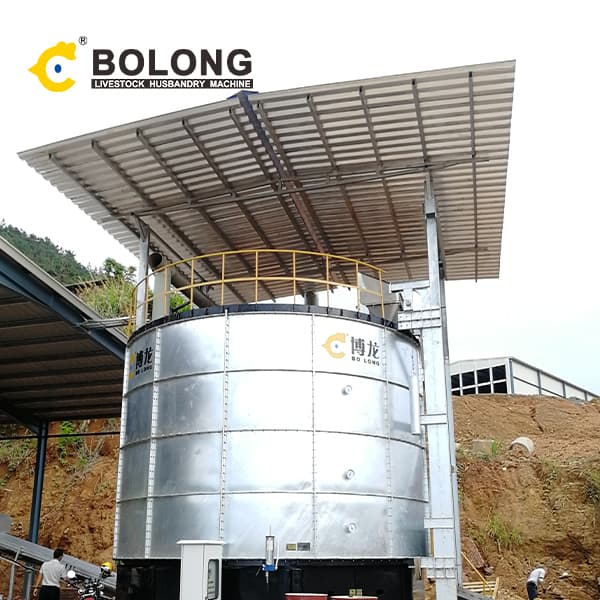
The decision was in (Figure 4 and 7) order to keep the system temperatures above 55°C and activity C2 to D1 in Figure 5 depicted. The water attained 68.4° C and at 20:58 on 9 June 2019 after
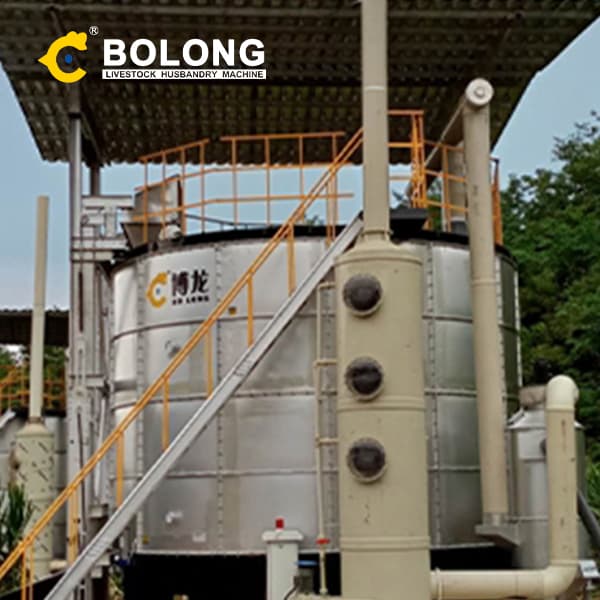
The objective of this study is to improve the co-composting method of empty fruit bunches (EFB) and palm oil mill effluent (POME) sludge by employing a mechanical rotary drum reactor. In the operation of this composting process, 4 feeds each with a mixture ratio of 20 kg EFB and 10 L sludge was added to the rotary drum reactor.
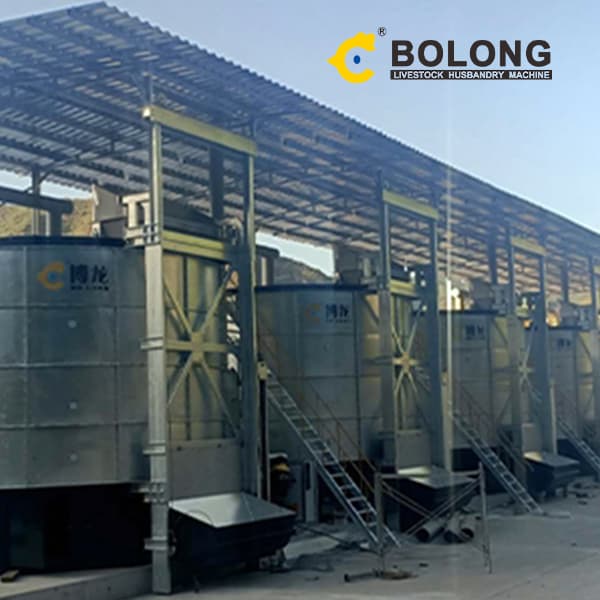
There are two types of fermentation liquid prepared in this study which are using bread fruit Fig. 2 shows that all the compost reactor except the raw food waste reactor were acidic in their early process which is the mesophilic phases. Fig.2. pH value for all 8 reactors. In general, in the composting process, the pH falls below neutral in ...
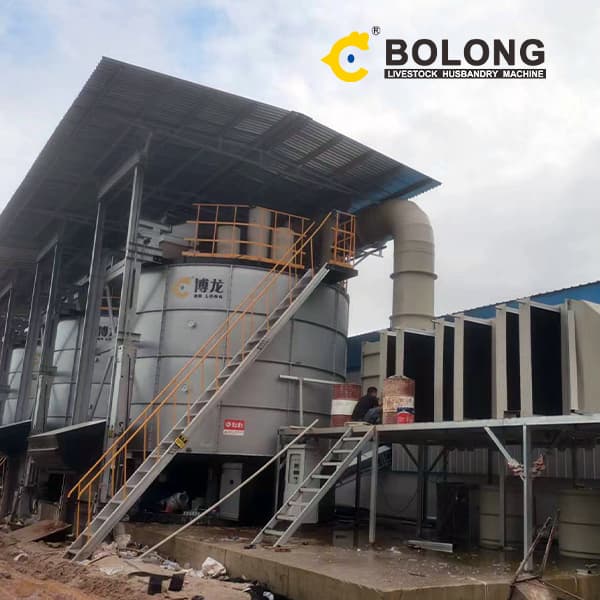
2020/3/7/ · Abstract Large amounts of palm oil consumption in Malaysia leads to large amounts of by-products such as Empty Fruit Bunch (EFB) and Palm Oil Mill Effluent (POME) requiring disposal. Limited treatment for these waste products has resulted in interest to use EFB + POME in composting when mixed with different
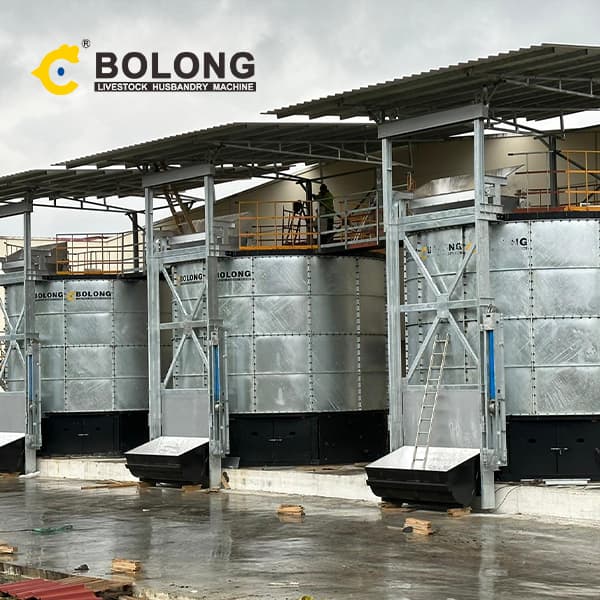
2017/9/6/ · Concerns with the final destination of organic solid waste (OSW) generated in rural areas originate from the possibility of this waste harming the environment, in addition to producing bad smell and attracting pests, when improperly disposed of in the soil. In this sense, composting might be a suitable way of dealing with this residue. This chapter
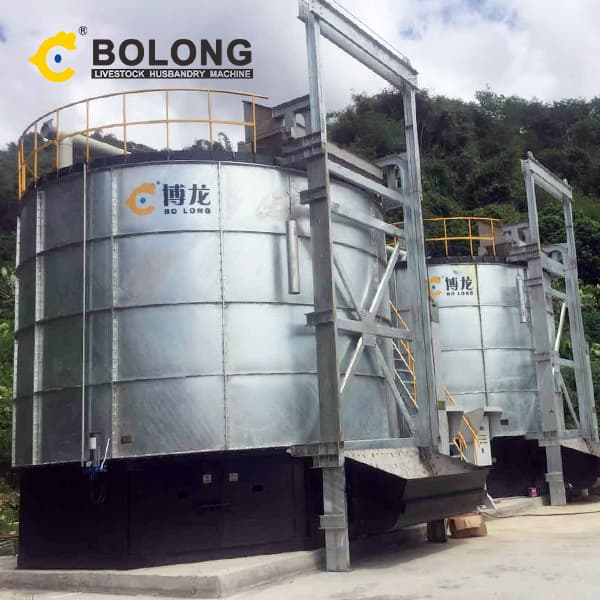
2023/4/1/ · Different phases (solid and liquid anolyte) of fruit waste degradation using a two-stage anaerobic up-flow leachate reactor (AULRMFC) and single-stage MFC
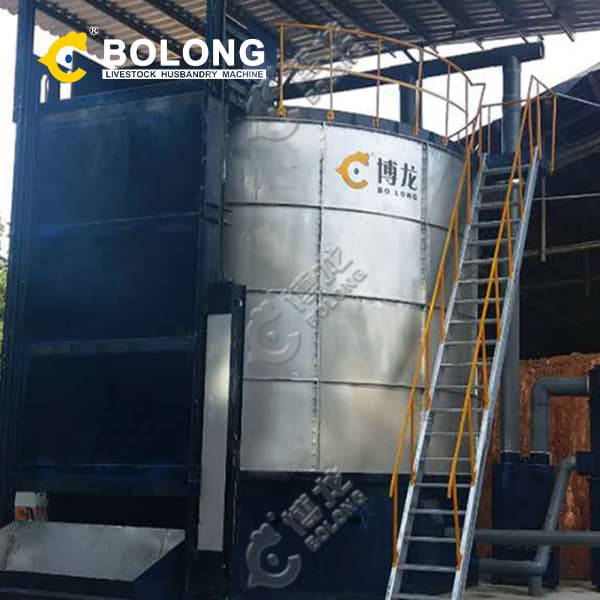
2023/6/6/ · Fortunately, these barriers proved manageable with just two modifications to the original Johnson-Su design: 1. Shrinking the height of the bioreactor by half, from 5’ to 2.5’, to reduce the amount of feed materials required (an even smaller 2’ tall x 2’ diameter bioreactor should also work, but results from that scale are pending), and.
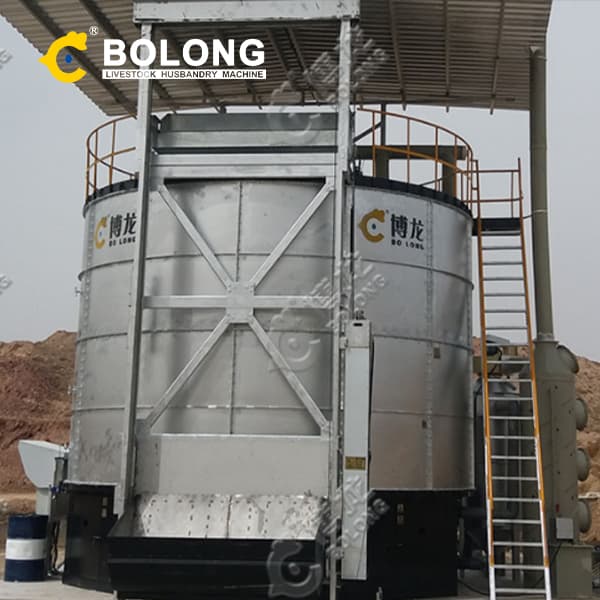
The reactor composting system is a silo that discharges compost from the bottom of the top feed. Each day, a rotating paddle or shaft is used to mix the compost material in the upper part of the silo, and the compost is taken out from the bottom. The ventilation system allows air to pass through the stack from the bottom of the silo, collecting
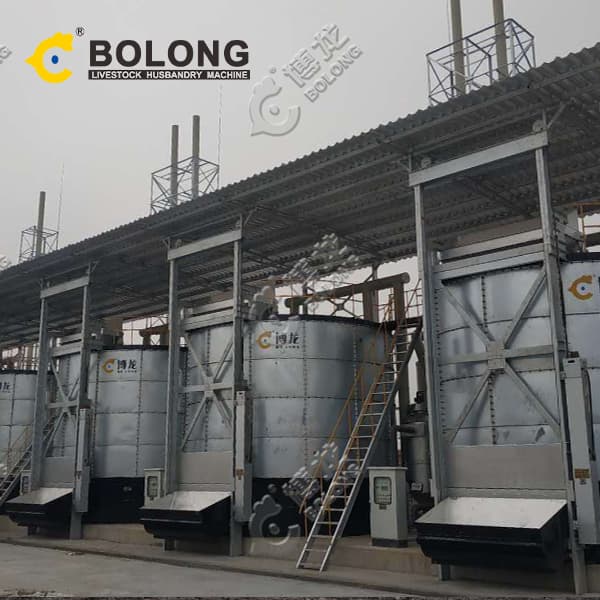
2020/3/18/ · This value was in the range of the data reported by Mwape et al. [48] for cow manure and green waste (1273 kJ kg − 1 ), and by Harper et al. [47] for paper mill sludge and poultry manure compost
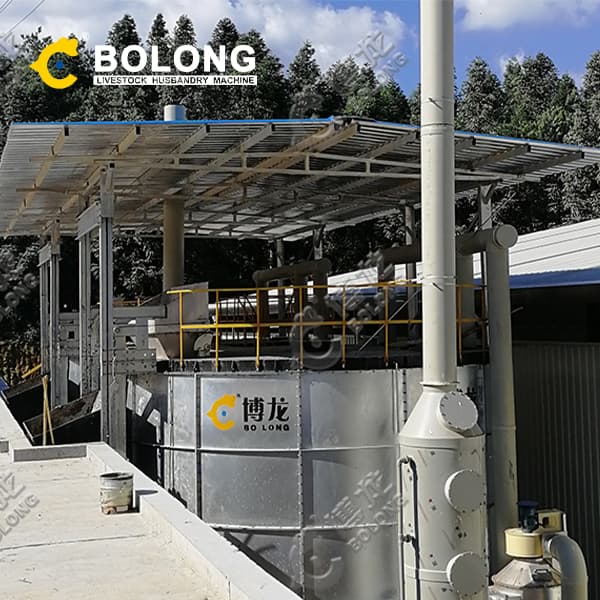
2013/7/23/ · The present study evaluates working performance of rotary drum reactor (RDR) and aerated In tank (AIV) for composting of garden waste. 100 kg garden waste was mixed with 10 kg cow-dung slurry
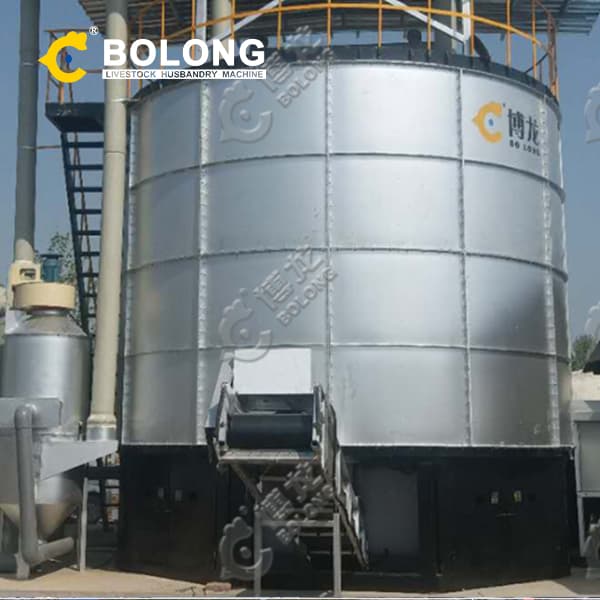
2001/4/1/ · Piles of municipal organic wastes (non-shredded municipal organic waste compost) that had almost the same C:N ratio (C:N = 15 at 50 days after pile establishment), total N content (1.1% at the
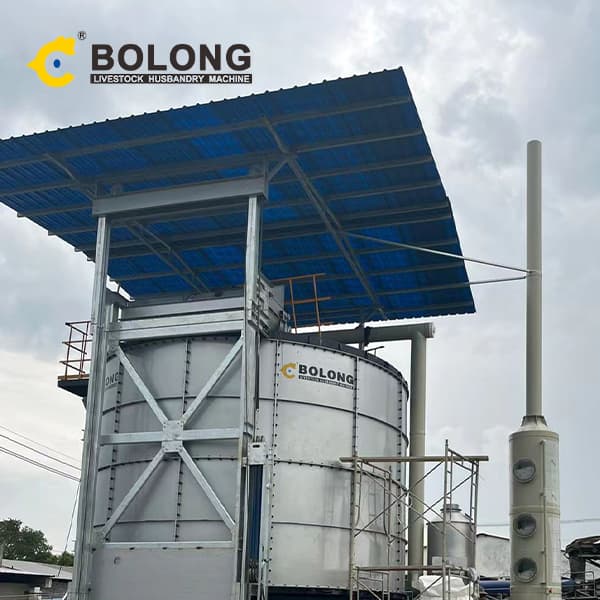
2008/2/27/ · Vegetable and fruit wastes amended with sawdust and urea were composted in a laboratory scale reactor by controlling a waste feeding rate of 21 g L −1 day −1 under proper conditions of composting. Effects of aeration, agitation, and initial waste-to-sawdust ratio on enhancing organic matter degradation and process performance in
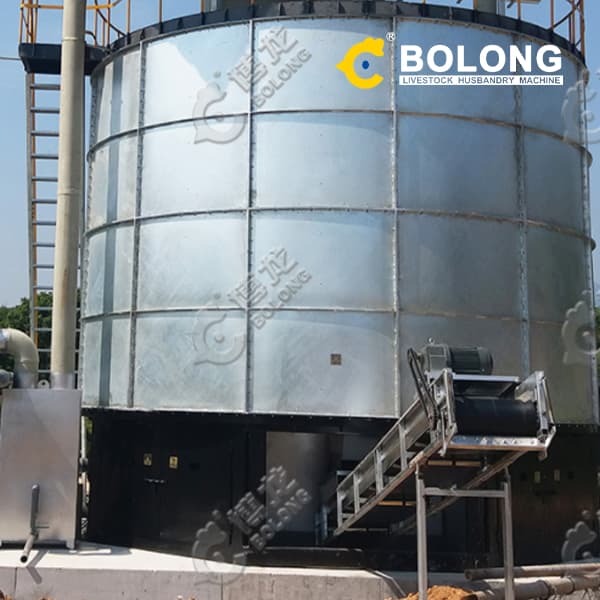
2022/6/4/ · Aerobic composting is an efficient and environmentally friendly method of converting organic waste into nontoxic fertilizers or soil quality enhancers. The quality of the resultant compost depends greatly upon the composition of the substrate used. The initial carbon-to-nitrogen (C/N) ratio of the substrate is an important factor affecting the
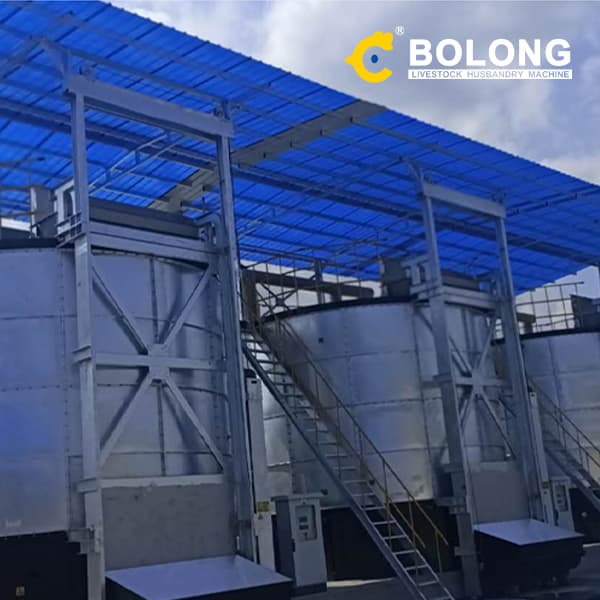
Int J Recycl Org Waste Agricult (2016) 5:243–249 DOI 10.1007/s40093-016-0134-6 ORIGINAL RESEARCH Effect of aeration rate on elimination of coliforms during composting of vegetable–fruit wastes E. Işıl Arslan Topal1 • Ayhan Ünlü1 • Murat Topal2 Received: 16 January 2016 / Accepted: 18 July 2016 / Published online: 25 July 2016 Ó …